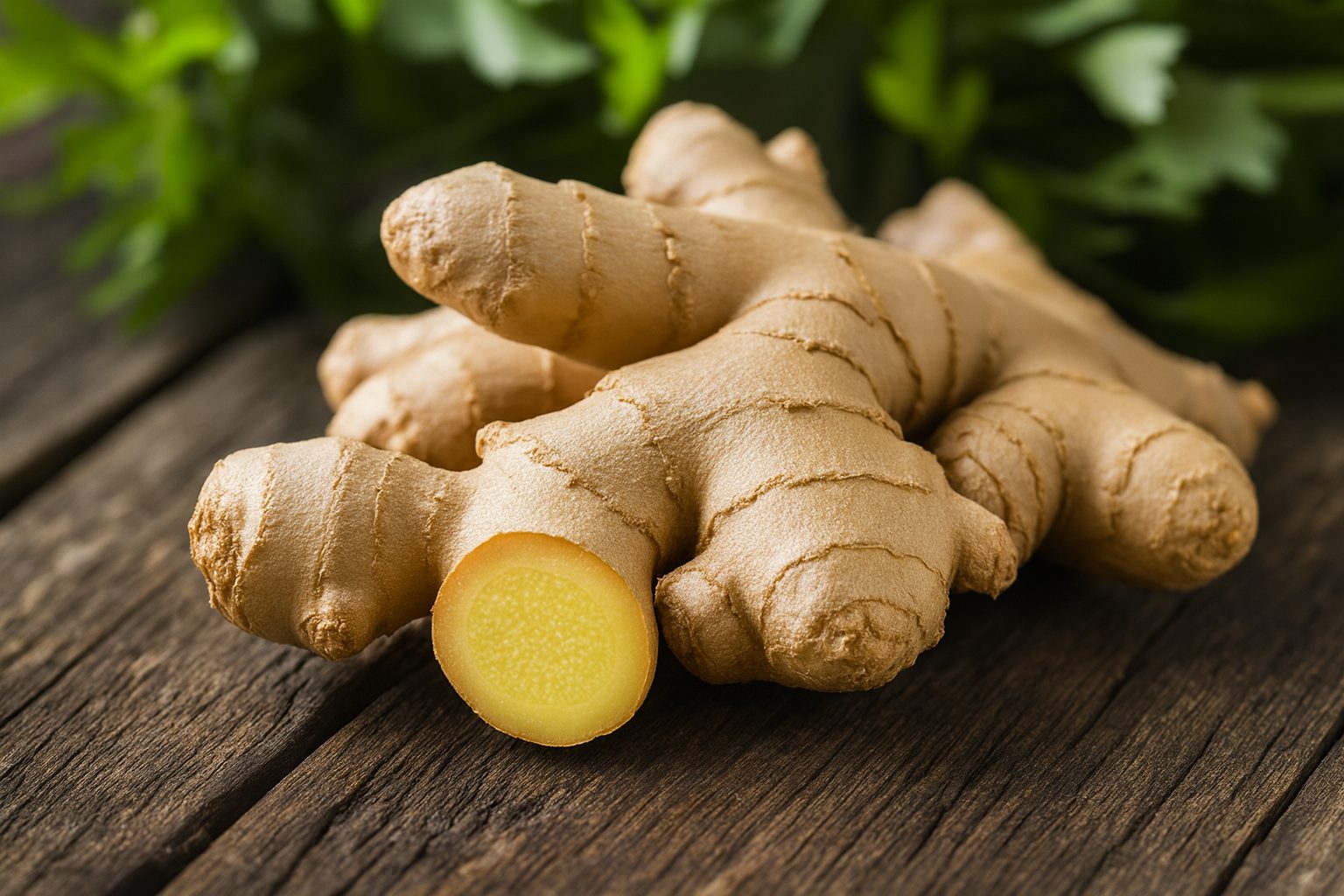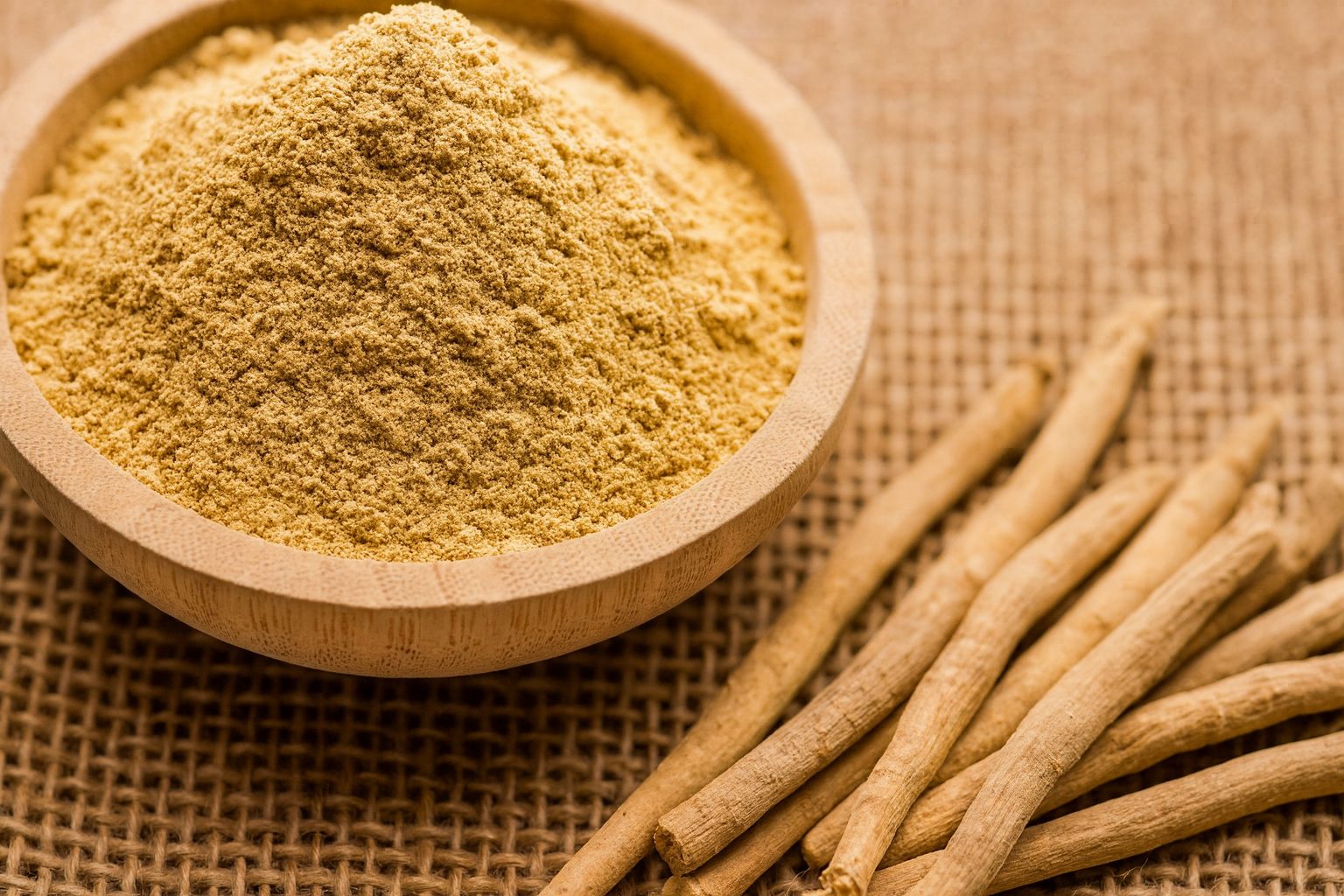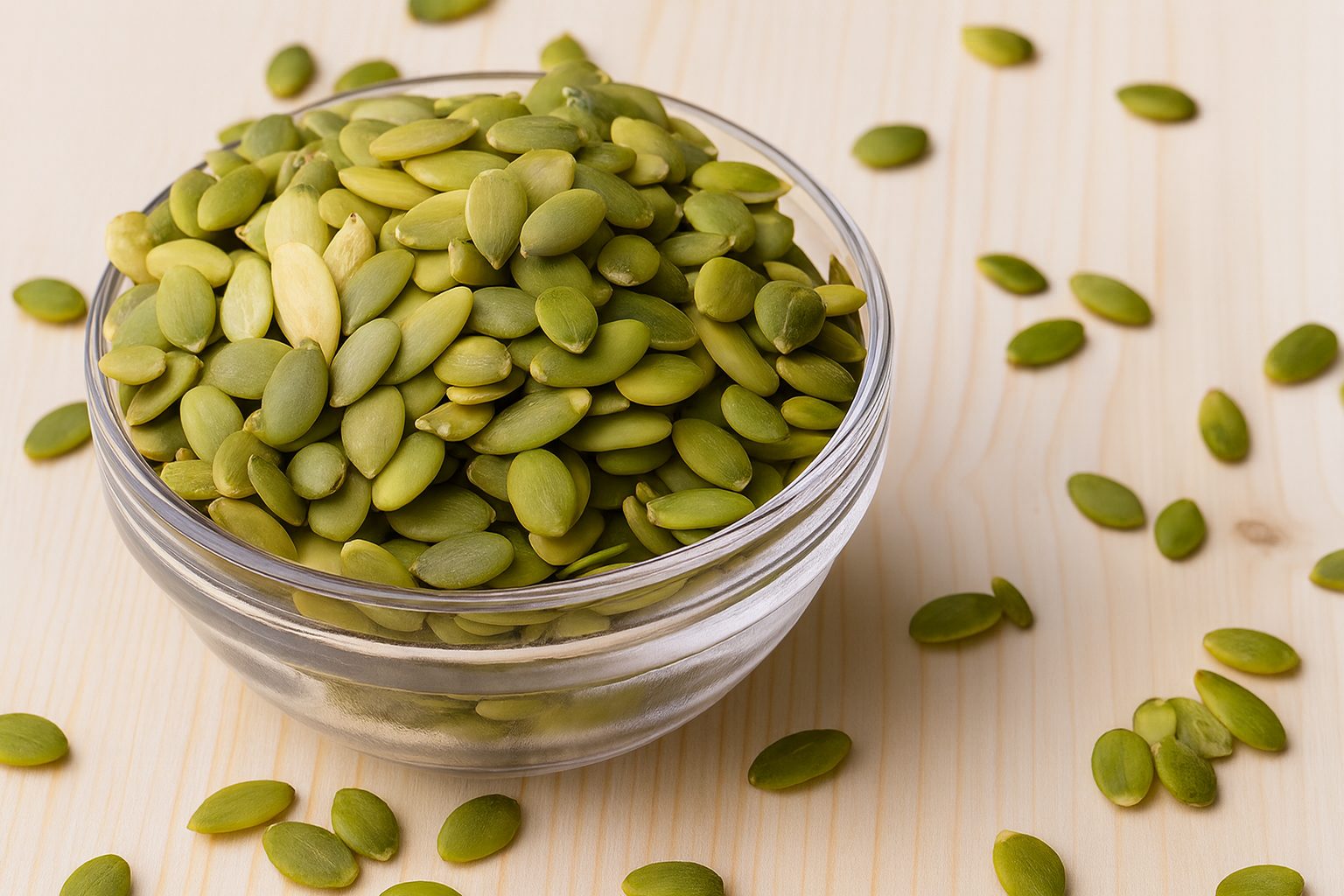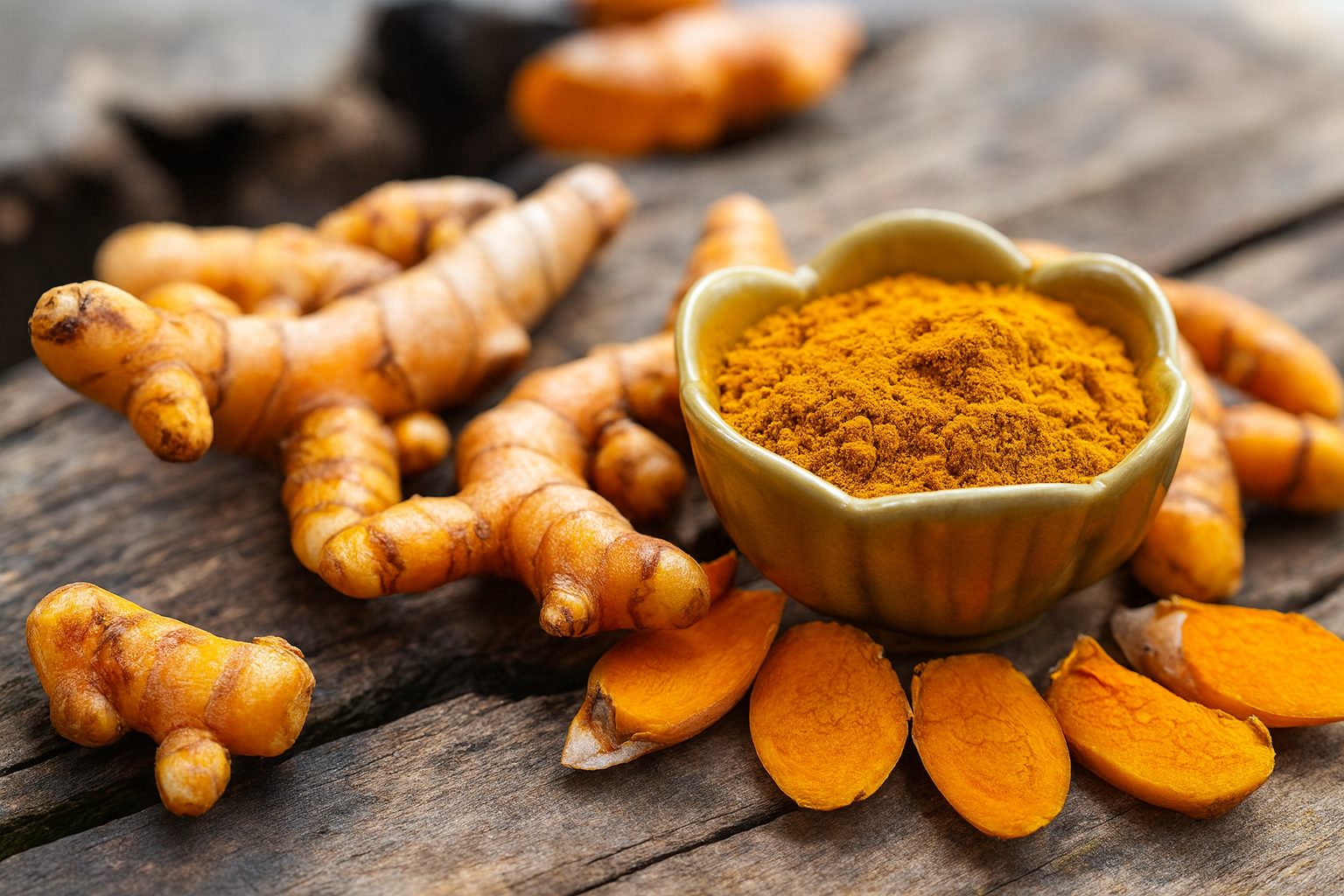
Cinnamon, one of the world’s oldest and most beloved spices, is more than just a flavor enhancer. It has long been valued in traditional medicine for its ability to regulate blood sugar levels and improve overall metabolic health. Modern science is now uncovering how this warm, aromatic spice may help people with diabetes manage their condition naturally.
1. How Cinnamon Helps Regulate Blood Sugar
Cinnamon contains powerful bioactive compounds, such as cinnamaldehyde and polyphenols, that help improve insulin sensitivity—the body’s ability to use insulin effectively. Better insulin sensitivity allows glucose to move from the bloodstream into cells more efficiently, lowering overall blood sugar levels.
Studies suggest that cinnamon can slow the breakdown of carbohydrates in the digestive tract, which helps prevent sudden spikes in blood sugar after meals. Regular use may also help reduce fasting glucose levels in individuals with type 2 diabetes.
2. Improves Insulin Sensitivity
One of the most common challenges for people with type 2 diabetes is insulin resistance. Cinnamon acts as a natural insulin mimetic, meaning it can imitate insulin’s role in the body. This makes the cells more responsive to the hormone, helping to regulate blood glucose more efficiently.
Including cinnamon in your diet—whether as a spice in tea, smoothies, or meals—can support better glycemic control when combined with a balanced lifestyle.
3. Rich in Antioxidants and Anti-Inflammatory Compounds
Cinnamon is packed with antioxidants that help combat oxidative stress, a key contributor to diabetes complications. Its anti-inflammatory properties also help protect the heart, kidneys, and nerves from damage caused by high blood sugar. These benefits make cinnamon an excellent natural supplement for long-term diabetic care.
4. May Lower Cholesterol and Support Heart Health
People with diabetes often face a higher risk of heart disease. Cinnamon has been shown to lower LDL (“bad”) cholesterol and triglyceride levels while increasing HDL (“good”) cholesterol. This heart-protective effect makes it a valuable addition to a diabetes-friendly diet.
5. How to Use Cinnamon Safely
For best results, use Ceylon cinnamon (also known as “true cinnamon”) rather than Cassia cinnamon, which contains higher amounts of coumarin—a natural compound that can be harmful in large doses.
You can add ½ to 1 teaspoon of cinnamon daily to your meals, smoothies, or tea. However, it should be used as a supportive supplement, not a replacement for prescribed diabetes medication. Always consult your healthcare provider before making changes to your diet or treatment plan.
Final Thoughts
Cinnamon is more than a comforting spice—it’s a natural ally in maintaining healthy blood sugar levels and improving overall metabolic function. When combined with a wholesome diet, regular exercise, and medical guidance, cinnamon can play a valuable role in managing diabetes naturally and safely.
Disclaimer: This article is for general informational purposes only and should not be considered medical advice. Natural foods, herbs, and essential oils may support wellness, but results can vary for each individual. Always consult your doctor or a qualified healthcare professional before starting any new diet, supplement, or treatment, especially if you have an existing medical condition or are taking medication. The author and publisher are not responsible for any possible side effects or adverse reactions from the use of the information contained herein.
MORE FOR YOU

From Digestion to Immunity: The Many Benefits of Ginger

Ashwagandha: The Ancient Herb for Modern Stress

The Superfood You’re Overlooking: Pumpkin Seeds

The Nutrient Powerhouse: Health Benefits of Spinach

Why Turmeric Is the Golden Spice of Health

Why Pomegranate Is a Heart-Healthy Superfruit

Surprising Foods That Pack More Vitamin K Than Kale

The Goodness of Almonds: 8 Reasons to Eat Them Daily

11 Fruits That Are High in Magnesium
